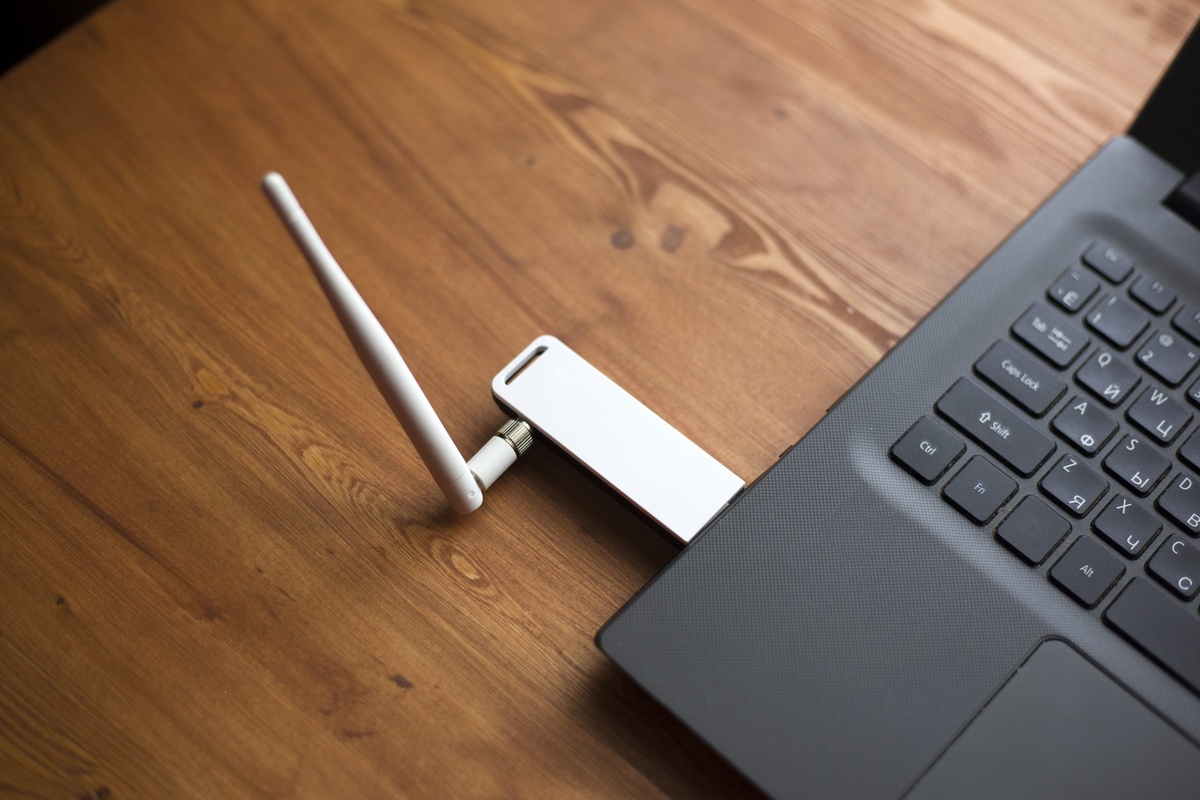

Articles
Where Is Wifi Adapter In Pc
Modified: January 8, 2024
The article discusses the location of the WiFi adapter in a PC, providing valuable insights and guidance for users.
(Many of the links in this article redirect to a specific reviewed product. Your purchase of these products through affiliate links helps to generate commission for Storables.com, at no extra cost. Learn more)
Introduction
Welcome to the world of wireless connectivity! In today’s digital age, having a reliable internet connection is essential for both work and play. And when it comes to connecting your PC to the internet, a wifi adapter plays a crucial role. Whether you’re using a desktop or a laptop, knowing where to find the wifi adapter in your PC is essential for troubleshooting, upgrading, or simply understanding how your device connects to the internet.
So, what exactly is a wifi adapter? In simplest terms, it is a hardware component that allows your computer to connect to a wifi network. It acts as a bridge between your PC and the wireless network, enabling you to access the internet without the need for a wired connection.
There are two main types of wifi adapters: built-in and external. Built-in wifi adapters are integrated directly into the motherboard of your computer, while external wifi adapters are plugged into a USB port. Both types serve the same purpose of enabling wifi connectivity, but they differ in terms of convenience and performance.
If you have a laptop or a pre-built desktop computer, chances are you already have a built-in wifi adapter. These adapters are typically located inside the device, hidden away from plain sight. On the other hand, external wifi adapters offer more flexibility as they can be easily replaced or upgraded if needed.
Now that we understand the basics of wifi adapters, let’s dive into the process of checking if your PC has one. This is an important step, especially if you’re facing connection issues or planning to upgrade your networking capabilities.
Key Takeaways:
- Understanding the location and functionality of your PC’s wifi adapter is crucial for troubleshooting, upgrading, and maintaining a seamless internet experience. Whether built-in or external, knowing how to find and manage your wifi adapter empowers you to optimize your wireless network.
- When encountering wifi adapter issues, simple troubleshooting steps such as updating drivers, resetting network settings, and optimizing signal strength can help resolve common problems. However, seeking professional assistance or consulting manufacturer support resources is recommended if issues persist.
Read more: How To Install A Wifi Adapter In Pc
What is a Wifi Adapter?
A wifi adapter, also known as a wireless adapter or network adapter, is a device that allows your computer to connect to a wireless network. It acts as a communication bridge between your PC and the wifi router, enabling you to access the internet without the need for a wired connection.
Wifi adapters come in different forms, including built-in adapters that are integrated directly into the motherboard of your computer, and external adapters that can be plugged into a USB port. Regardless of the form factor, the primary function of a wifi adapter is to transmit and receive wireless signals, enabling your computer to establish a network connection.
Wifi adapters operate using radio waves in the 2.4GHz or 5GHz frequency bands. They utilize the IEEE 802.11 protocol, also known as Wi-Fi, to establish a connection with the wireless network. The adapter communicates with the wifi router using a unique MAC (Media Access Control) address, which identifies your device on the network.
When you connect your computer to a wifi network, the wifi adapter sends data packets to the router, and the router in turn sends the packets to their intended destination on the internet. Likewise, when data is sent back to your computer, the router relays it to the wifi adapter, which then delivers it to your PC.
Wifi adapters vary in terms of their speed and capabilities. The speed is typically measured in Mbps (megabits per second) and can range from 150Mbps to several gigabits per second for high-end adapters. The higher the speed, the faster your internet connection will be.
Wifi adapters can also support different wifi standards, such as 802.11n, 802.11ac, and the latest 802.11ax (also known as Wi-Fi 6). These standards determine the maximum speed and range of the wifi adapter, as well as its compatibility with older routers and devices.
Overall, wifi adapters are essential components for connecting your computer to a wireless network. Whether you’re working from home, streaming movies, or playing online games, having a reliable wifi adapter is crucial for a seamless and enjoyable internet experience.
Types of Wifi Adapters
Wifi adapters come in different types and forms, each offering various features and capabilities. Understanding the different types of wifi adapters can help you choose the one that best suits your needs. Here are the two main types of wifi adapters:
Built-in Wifi Adapters:
Built-in wifi adapters, also known as internal or integrated adapters, are pre-installed components within your computer. They are directly integrated into the motherboard, typically found in laptops and pre-built desktop computers. These adapters are designed to be compact and hidden within the device, providing a seamless wifi experience without the need for additional hardware.
The advantages of built-in wifi adapters include:
- Convenience: With a built-in adapter, you don’t need to worry about carrying or losing an external device.
- Aesthetics: Since it’s integrated into the computer, a built-in adapter offers a cleaner and neater look.
- Stability: Built-in adapters often have stable connections since they are specifically designed for the device they are integrated with.
However, there are a few limitations to built-in wifi adapters:
- Upgradability: Unlike external adapters, built-in adapters cannot be easily upgraded or replaced if you need a higher performance or range.
- Compatibility: Built-in adapters may lack compatibility with the latest wifi standards and features.
- Signal Strength: Since the adapter is enclosed within the device, the signal strength might be weaker compared to external adapters.
External Wifi Adapters:
External wifi adapters are separate devices that plug into a USB port on your computer. They come in a variety of forms, such as USB dongles, PCI cards, and USB hubs, providing flexibility and convenience for connecting to wifi networks. External adapters are particularly useful when you have a desktop computer without built-in wifi capabilities or when you need to upgrade your wireless connectivity.
Here are the advantages of external wifi adapters:
- Flexibility: External adapters can be easily replaced, upgraded, or moved between different devices.
- Range and Performance: External adapters often offer better signal strength, range, and faster wifi speeds compared to built-in adapters.
- Compatibility: External adapters are typically designed to support the latest wifi standards, ensuring compatibility with newer routers and devices.
However, there are a few considerations for external wifi adapters:
- Portability: Depending on the form factor, external adapters may add some bulk and could be more prone to getting misplaced or lost.
- Aesthetics: Unlike built-in adapters, external adapters add extra hardware that might not be visually appealing to some users.
- Dependency on USB Ports: External adapters require an available USB port, so if you have limited ports, you might need to use a USB hub or sacrifice other devices.
Choosing between built-in and external wifi adapters ultimately depends on your specific needs and preferences. If you have a laptop or a pre-built desktop, you likely have a built-in adapter already. However, if you need more flexibility, better performance, or want to upgrade your wifi capabilities, an external adapter might be the best choice.
Read more: What Is Wifi Adapter
Built-in Wifi Adapters
Built-in wifi adapters, also referred to as internal or integrated adapters, are wireless networking components that come already installed in certain devices. These adapters are commonly found in laptops, ultrabooks, and all-in-one desktop computers. The main advantage of built-in wifi adapters is their convenience and seamless integration with the device.
Here are some key characteristics and benefits of built-in wifi adapters:
- Integration: Built-in wifi adapters are integrated directly into the motherboard of the device, making them an integral part of the computer. This integration offers a clean and streamlined design without the need for extra hardware or cables.
- Convenience: Since built-in adapters are already installed, there’s no need for additional setup or installation. You can simply turn on the wifi feature in your device’s settings and connect to a wireless network.
- Aesthetics: Built-in adapters provide a sleek and uncluttered look to your device. They are hidden within the device, allowing for a seamless design without any protruding components.
- Stability: Built-in wifi adapters are specifically designed for the device they are integrated with, ensuring optimal compatibility and stability. They are optimized to work efficiently with the device’s hardware, resulting in reliable and consistent wifi connections.
- Power Efficiency: Since built-in adapters are part of the device’s internal components, they are designed to consume minimal power. This can be advantageous for laptops and portable devices as it helps prolong battery life.
However, there are a few limitations to consider when using built-in wifi adapters:
- Upgradability: Unlike external wifi adapters, built-in adapters cannot be easily upgraded or replaced. If you require better performance, compatibility with the latest wifi standards, or extended range, you may need to consider external adapters.
- Compatibility: Built-in adapters may have limited compatibility with certain wifi standards, especially older models. This means that they may not support the highest speeds or features offered by newer routers and networks.
- Signal Strength: The signal strength of built-in wifi adapters can be affected by the design and construction of the device. In some cases, they may have weaker signals compared to external adapters due to the device’s internal components and casing.
Despite these limitations, built-in wifi adapters remain a practical and reliable option for wireless connectivity. They are a convenient choice for users who prioritize simplicity, aesthetics, and a hassle-free wifi experience. However, if you have specific requirements for speed, range, or compatibility, you may want to consider using an external wifi adapter.
External Wifi Adapters
External wifi adapters, also known as external wireless network cards or USB wireless adapters, are separate devices that can be plugged into a USB port on your computer. These adapters provide wireless connectivity to devices that don’t have built-in wifi capabilities or offer an upgrade option for those seeking improved performance or extended range.
Here are some key characteristics and benefits of external wifi adapters:
- Flexibility: External wifi adapters offer flexibility in terms of compatibility and the ability to connect to multiple devices. You can easily replace, upgrade, or transfer them between different computers or devices, giving you more control over your wireless connectivity.
- Range and Performance: External wifi adapters often provide better signal strength, range, and overall performance compared to built-in adapters. This can be particularly useful in areas where the wifi signal is weak or when you need to connect to networks that are farther away.
- Compatibility: External wifi adapters are designed to support various wifi standards and frequencies, including the latest standards such as 802.11ac and 802.11ax. This ensures compatibility with newer routers and networks, offering improved speeds and additional features.
- Upgradability: Unlike built-in adapters, external wifi adapters can be easily upgraded to newer models with better performance and features. This allows you to stay up-to-date with the latest wifi technologies without having to replace your entire device.
- Portability: Depending on the form factor, external wifi adapters can be highly portable. USB dongles, for example, are small and lightweight, making them convenient for users who are frequently on the move.
However, there are a few considerations to keep in mind when using external wifi adapters:
- Dependency on USB Ports: External wifi adapters rely on available USB ports in your computer or device. If you have limited USB ports or need to use them for other purposes, such as connecting peripherals or accessories, you may need to use a USB hub or sacrifice other devices’ connectivity.
- Aesthetics: Unlike built-in adapters, external adapters add additional hardware that can impact the appearance of your device. Some users might find this less visually appealing, especially for devices with a minimalistic design.
- Adds Bulk: Depending on the form factor, external wifi adapters may add some bulk to your device. For example, larger adapters such as PCI cards may require opening up your computer’s case and taking up additional space inside.
Overall, external wifi adapters offer flexibility, improved performance, and upgradability compared to built-in wifi adapters. They are particularly useful for desktop computers without built-in wifi capabilities or for users who want to enhance their wireless connectivity options. When choosing an external adapter, consider your specific needs, such as speed requirements, network range, and compatibility, to ensure you select the right adapter for your setup.
How to Check if your PC has a Wifi Adapter?
Before troubleshooting connectivity issues or upgrading your wireless capabilities, it’s important to determine whether your PC has a wifi adapter. Here are a few methods to check if your PC is equipped with a wifi adapter:
Device Manager:
- Open the Start menu and search for “Device Manager”.
- Click on the Device Manager app to open it.
- In the Device Manager window, expand the Network adapters section.
- If you see an entry that includes “Wireless”, “Wifi”, or the name of a specific wireless chipset (e.g., Intel, Broadcom), it indicates the presence of a wifi adapter.
- If no wireless adapter is listed, it means your PC does not have a built-in wifi adapter.
Read more: What Is A Bluetooth Adapter For Pc
System Information:
- Open the Start menu and search for “System Information”.
- Click on the System Information app to open it.
- In the System Information window, navigate to the Network section.
- Look for an entry labeled “Wireless Adapter” or “Wifi Adapter”. If you see such an entry, it confirms that your PC has a wifi adapter.
- If no wireless adapter is listed, it means your PC does not have a built-in wifi adapter.
Physical Inspection:
- For desktop PCs, open the case by removing the side panel.
- Visually inspect the motherboard for any embedded wireless modules or antennas connected to the motherboard. These are indications that your PC has a built-in wifi adapter.
- If you are using a laptop, look for a physical switch or button on the device’s exterior that is labeled with a wifi symbol. This switch is usually located on the side or front of the laptop and is used to enable or disable wifi functionality.
Check Network Settings:
- Open the Start menu and go to Settings.
- Click on Network & Internet.
- In the left sidebar, select Wi-Fi.
- If you see a list of available wifi networks, it means your PC has a working wifi adapter. However, if the wifi option is not available or grayed out, it indicates that your PC does not have a built-in wifi adapter.
If the above methods confirm that your PC does not have a built-in wifi adapter, don’t worry. You can still connect to a wireless network by using an external wifi adapter, such as a USB wireless dongle or a PCI wireless card.
Knowing whether your PC has a wifi adapter is crucial for troubleshooting network issues and understanding its capabilities. If your PC does have a built-in adapter, you can proceed to find its location to perform any necessary maintenance or upgrades. However, if your PC does not have a wifi adapter, an external adapter will be necessary to enable wireless connectivity.
Where to Find the Wifi Adapter in your PC
The physical location of the wifi adapter in your PC can vary depending on whether it is a laptop or a desktop computer. Here are a few common places to find the wifi adapter:
Read more: How To Fix Wifi Adapter
Laptops:
Most laptops have their wifi adapters located internally, typically within the confines of the laptop’s chassis. Here are a few common locations to find the wifi adapter in a laptop:
- Underneath a Removable Cover: Some laptops have a removable panel on the bottom that provides access to various components, including the wifi adapter. Check for a small cover marked with wireless symbols or labeled “WLAN”. If present, removing the cover will reveal the wifi adapter.
- Under the Keyboard: In some laptops, the wifi adapter is located underneath the keyboard. To access it, you may need to remove the keyboard by unscrewing or unclipping it carefully. Consult your laptop’s user manual or manufacturer’s support website for specific instructions.
- Inside the Display Casing: In a few laptop models, the wifi adapter is integrated into the display casing. This design allows for better wifi reception by positioning the adapter closer to the display’s antenna. However, accessing the adapter in this case may require professional assistance or specialized tools.
Desktop Computers:
For desktop computers, the wifi adapter is typically located either inside the computer case or attached externally via a USB port. Here are a few common locations to find the wifi adapter in a desktop PC:
- Internal PCI/PCIe Slot: Desktop computers may have a wifi adapter inserted into an available PCI or PCIe slot on the motherboard. These slots are usually located towards the bottom or middle of the motherboard, and the wifi adapter will be secured into the slot with screws or a clip. You may need to open the computer case to access the wifi adapter.
- USB Port: Some desktops utilize external USB wifi adapters, which can be easily plugged into an available USB port on the front or back of the computer. These adapters are compact and portable, allowing for flexibility in placement and easy installation.
It’s important to note that not all desktop computers come with built-in wifi capabilities. If your desktop does not have a wifi adapter, using an external adapter is a popular solution to add wireless connectivity.
If you are unsure about the specific location of the wifi adapter in your PC, consulting the user manual or manufacturer’s support website for your device model can provide detailed instructions. In some cases, professional assistance may be required to access or install the wifi adapter, particularly in laptops with complex internal configurations.
Knowing the location of your wifi adapter can be valuable for maintenance, troubleshooting, and upgrading purposes. If you are experiencing wifi connection issues or considering upgrading your wifi capabilities, knowing where to find the wifi adapter is essential.
Finding Wifi Adapter in Windows OS
If you’re using a Windows operating system, there are several ways to find and access your wifi adapter settings. Here are a few methods to help you locate the wifi adapter in Windows:
Device Manager:
- Press the Windows key + X on your keyboard to open the Power User menu.
- Select “Device Manager” from the menu to open the Device Manager window.
- Within Device Manager, expand the “Network adapters” category.
- You should see one or more entries that include “Wireless”, “Wifi”, or the name of a specific wireless chipset (e.g., Intel, Broadcom). This indicates the presence of a wifi adapter.
- Double-click on the wifi adapter entry to view its properties, such as driver information and device status.
Read more: How To Update Wifi Adapter Drivers
Settings App:
Windows 10 provides direct access to network settings through the Settings app. Here’s how you can find the wifi adapter settings:
- Press the Windows key + I on your keyboard to open the Settings app.
- Click on the “Network & Internet” category.
- From the left sidebar, select “Wi-Fi”.
- Under the Wi-Fi settings, you can view and manage the wifi connections and access points available to your wifi adapter.
- Click on “Hardware properties” to view additional information about your wifi adapter.
Control Panel:
If you prefer to use the Control Panel, you can find the wifi adapter settings there as well. Follow these steps:
- Press the Windows key + R on your keyboard to open the Run dialog box.
- Type “control” and hit Enter to open the Control Panel.
- In the Control Panel, navigate to “Network and Internet” and select “Network and Sharing Center”.
- In the left sidebar, click on “Change adapter settings”.
- This will display a list of network adapters on your computer, including the wifi adapter. Right-click on the wifi adapter and select “Properties” to view more details and change settings if needed.
By using these methods, you can easily locate and access the wifi adapter settings in Windows. From there, you can manage network connections, update drivers, troubleshoot issues, and configure advanced settings specific to your wifi adapter.
It’s worth noting that the steps may vary slightly depending on the version of Windows you are using. If you encounter any difficulties or need more specific instructions, referring to the operating system’s documentation or seeking online support forums can provide further assistance.
Finding Wifi Adapter in macOS
If you’re using a Mac computer with macOS, there are a few ways to locate and access the wifi adapter settings. Here are some methods to help you find the wifi adapter in macOS:
About This Mac:
- Click on the Apple menu icon in the top-left corner of the screen.
- From the drop-down menu, select “About This Mac”.
- In the About This Mac window, click on the “System Report” button.
- Within the System Report window, look for “Wi-Fi” or “Wireless” in the left sidebar under the “Network” section.
- Click on “Wi-Fi” or “Wireless” to view detailed information about your wifi adapter, including the manufacturer, model, firmware version, and hardware address (MAC address).
Read more: How To Use Gamecube Adapter For Pc
Network Preferences:
The Network Preferences panel in macOS provides easy access to various network settings, including the wifi adapter. Here’s how you can find the wifi adapter settings using Network Preferences:
- Click on the Apple menu icon in the top-left corner of the screen.
- From the drop-down menu, select “System Preferences”.
- In the System Preferences window, click on the “Network” icon.
- The Network Preferences panel will display the available network interfaces on the left side. Your wifi adapter should be listed as “Wi-Fi” or “Airport”.
- Select the Wi-Fi or Airport option to view and configure the settings for your wifi adapter.
Read more: What Is A Bluetooth Adapter For Pc
System Information:
- Click on the Apple menu icon in the top-left corner of the screen.
- From the drop-down menu, select “About This Mac”.
- In the About This Mac window, click on the “System Report” button.
- Within the System Report window, select “Wi-Fi” or “Airport” from the left sidebar under the “Hardware” section.
- This will provide detailed information about your wifi adapter, including the manufacturer, model, firmware version, and hardware address (MAC address).
Using these methods, you can easily locate and access the wifi adapter settings in macOS. From there, you can manage network connections, monitor signal strength, troubleshoot issues, and configure advanced settings specific to your wifi adapter.
Please note that the steps may vary slightly depending on the version of macOS you are using. If you encounter any difficulties or need more specific instructions, referring to the operating system’s documentation or seeking assistance from Apple Support can provide further guidance.
Troubleshooting Wifi Adapter Issues
While wifi adapters are generally reliable, you may encounter occasional issues with connectivity or performance. Here are some common troubleshooting steps to address wifi adapter problems:
1. Restart Your Device:
One of the simplest and most effective troubleshooting steps is to restart your computer or device. This can help refresh the wifi adapter and resolve temporary glitches or conflicts that may be affecting its functionality.
Read more: What Does A Wifi Adapter Do
2. Check Wifi Signal and Range:
Ensure that you are within range of the wifi network and that the signal strength is sufficient. If you’re experiencing a weak or intermittent signal, try moving closer to the router or eliminating any physical obstructions that may be obstructing the signal.
3. Update Wifi Adapter Driver:
Outdated or incompatible drivers can impact the performance and stability of your wifi adapter. Visit the manufacturer’s website or use the device manager to check for driver updates. Download and install the latest drivers to ensure optimal performance.
4. Disable and Enable Wifi Adapter:
Disable and re-enable the wifi adapter to reset its settings. This can help resolve minor software issues and establish a fresh connection. You can do this through the device manager or network settings, depending on your operating system.
5. Reset Network Settings:
If you’re experiencing persistent issues, resetting the network settings may help. This will remove any saved network configurations and preferences. Go to your device’s network settings and look for options to reset network settings or reset wifi connections.
Read more: How To Enable Pc Wireless Adapter
6. Clear DNS Cache:
Sometimes, an outdated DNS cache can cause wifi connectivity issues. Clearing the DNS cache can help refresh the connection. Open the command prompt or terminal and enter the appropriate command, such as “ipconfig /flushdns” for Windows or “sudo dscacheutil -flushcache” for macOS.
7. Disable Power Saving Mode:
Some wifi adapters have power-saving features that can affect performance. Check the adapter settings in the device manager or network settings and disable any power-saving options. This can help ensure a consistent and stable wifi connection.
8. Use External Antennas or Repeaters:
If you’re experiencing weak signal or range issues, consider using external antennas or wifi repeaters. These devices can help boost the signal and extend the coverage area, improving connectivity in areas with poor reception.
9. Scan for Malware and Viruses:
Malware or viruses can sometimes interfere with wifi adapter performance. Run a full system scan using reliable security software to identify and remove any potential threats.
Read more: How To Turn A Router Into A Wifi Adapter
10. Perform a Factory Reset:
If all else fails and you’ve exhausted other troubleshooting options, you may consider performing a factory reset on your device. This will revert all settings back to their original state. However, make sure to back up your important files and data before proceeding.
If you continue to experience wifi adapter issues after trying these troubleshooting steps, contacting your device’s manufacturer or seeking assistance from a professional technician may be necessary. They can provide personalized support and guidance to help resolve the issues you’re facing.
Conclusion
Wifi adapters play a crucial role in enabling wireless connectivity for both laptops and desktop computers. Whether you have a built-in wifi adapter or use an external adapter, understanding its location, functionality, and troubleshooting techniques is essential for maintaining a seamless internet experience.
In this article, we discussed the different types of wifi adapters, including built-in and external adapters. Built-in adapters provide convenience, aesthetics, and stability but may have limitations in terms of upgradability and compatibility. On the other hand, external adapters offer flexibility, improved performance, and easier upgradability, making them a popular choice for desktop users and those seeking higher wifi speeds or extended range.
To determine if your PC has a wifi adapter, you can use methods such as checking the Device Manager, System Information, or physically inspecting your device. Knowing the location of the wifi adapter is crucial for troubleshooting connectivity issues, upgrading hardware, or performing maintenance tasks.
We also discussed how to find the wifi adapter in both Windows and macOS operating systems. In Windows, options like Device Manager, Settings app, and Control Panel help locate and access the adapter settings. In macOS, methods such as About This Mac, Network Preferences, and System Information allow you to identify and manage your wifi adapter.
If you encounter wifi adapter issues, troubleshooting techniques such as restarting your device, updating drivers, resetting network settings, and optimizing signal strength can help resolve common issues. However, if problems persist, it’s recommended to seek professional assistance or consult the manufacturer’s support resources for further guidance.
Whether you’re using a laptop or desktop computer, maintaining a reliable and efficient wifi connection is crucial in our connected world. Understanding wifi adapters, their functionality, and troubleshooting methods empowers you to optimize your wireless network and ensure a smooth internet experience.
By being aware of your wifi adapter, its location, and troubleshooting techniques, you can overcome obstacles and maximize your connectivity, bringing you closer to unlocking the full potential of the digital world.
Frequently Asked Questions about Where Is Wifi Adapter In Pc
Was this page helpful?
At Storables.com, we guarantee accurate and reliable information. Our content, validated by Expert Board Contributors, is crafted following stringent Editorial Policies. We're committed to providing you with well-researched, expert-backed insights for all your informational needs.
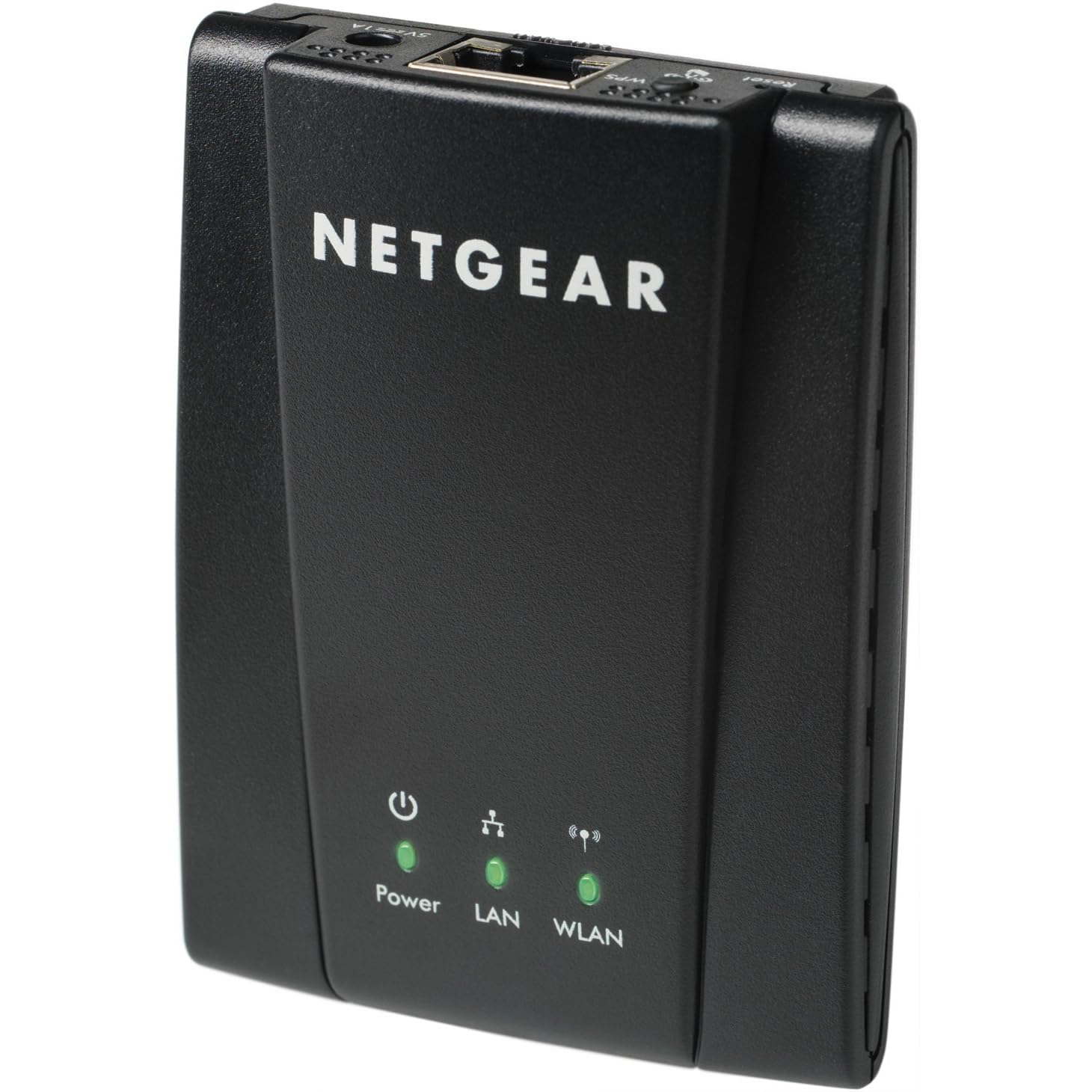
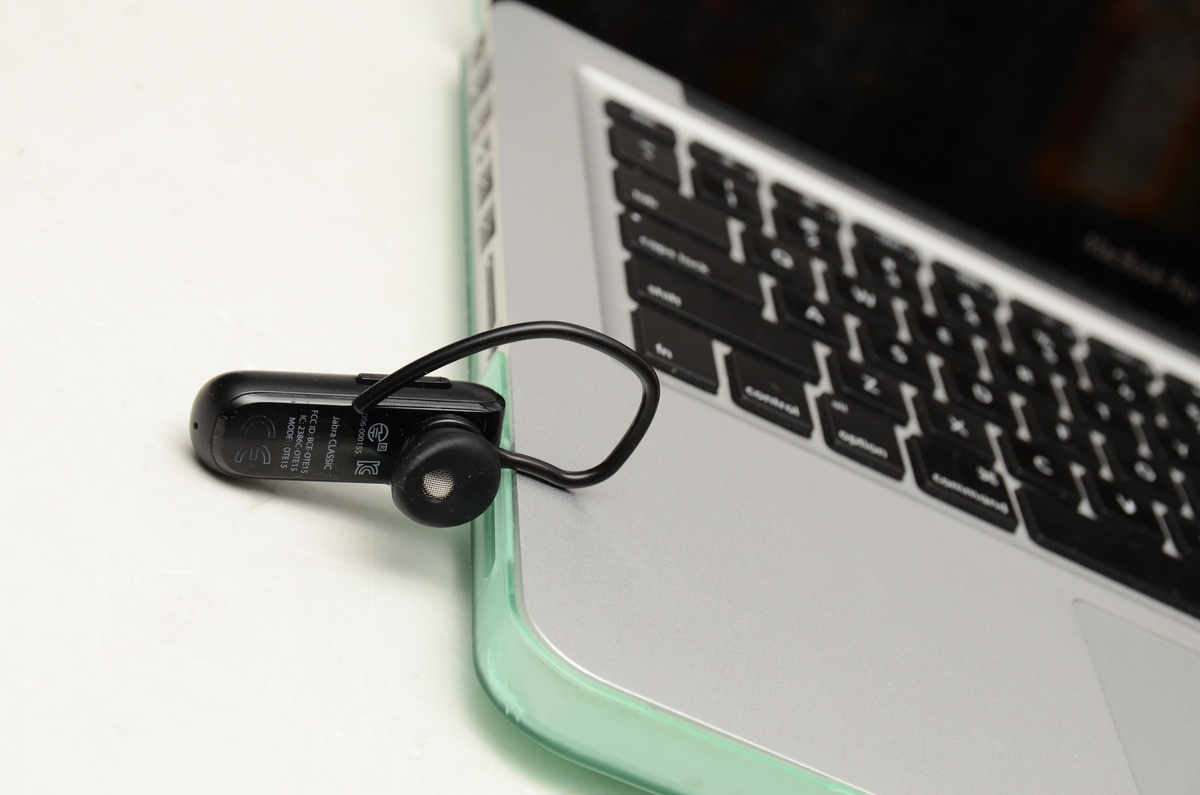
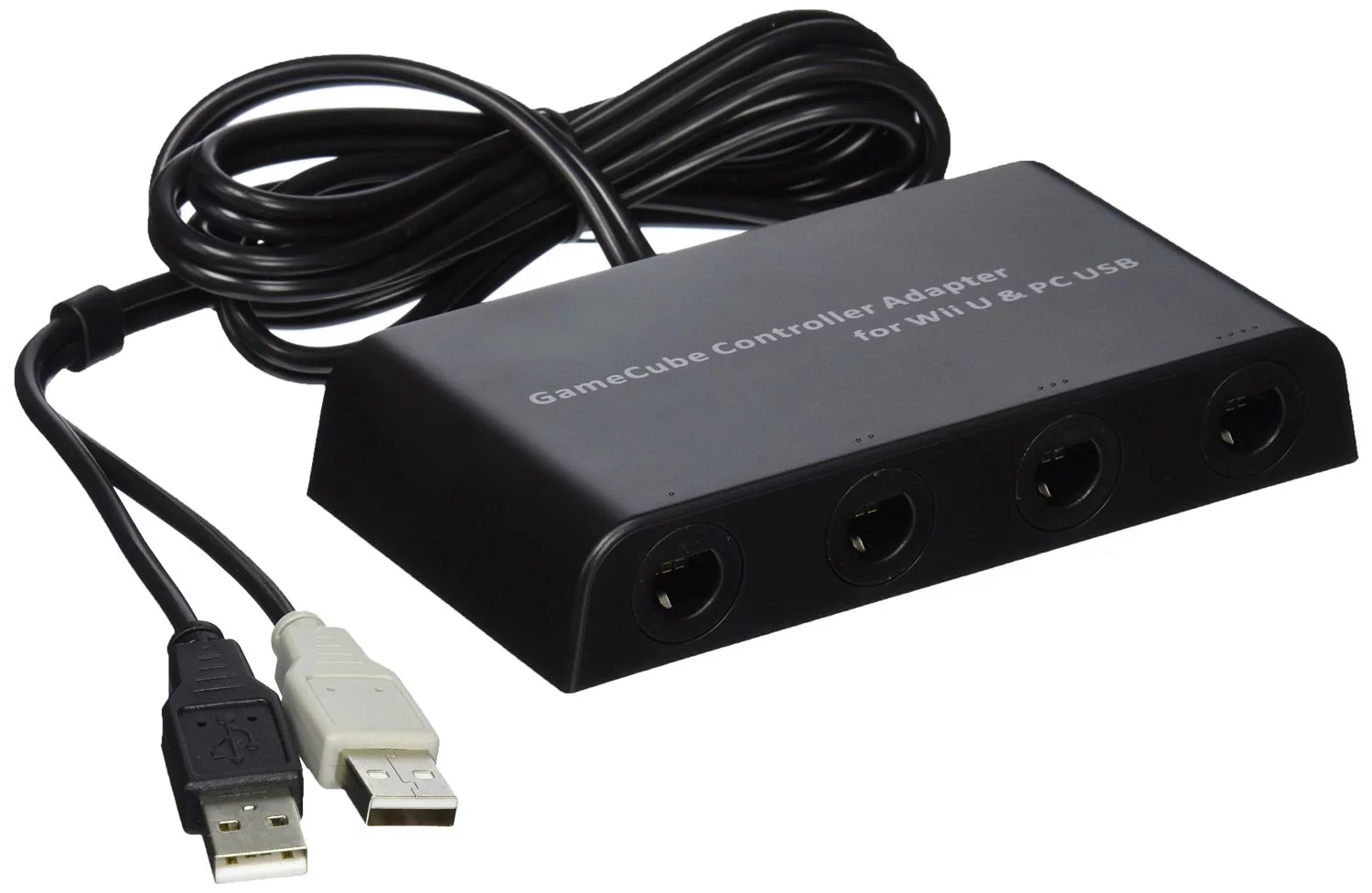
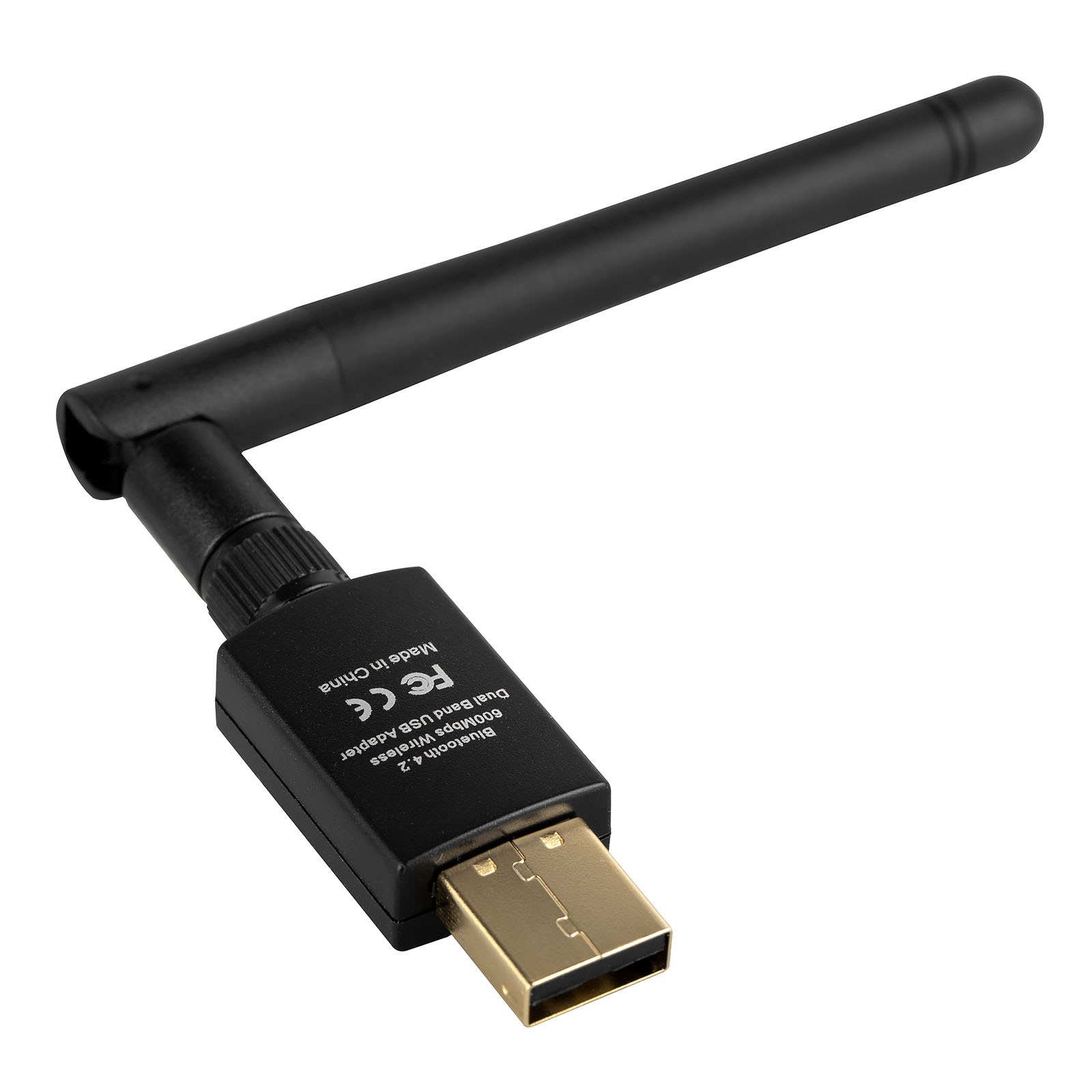
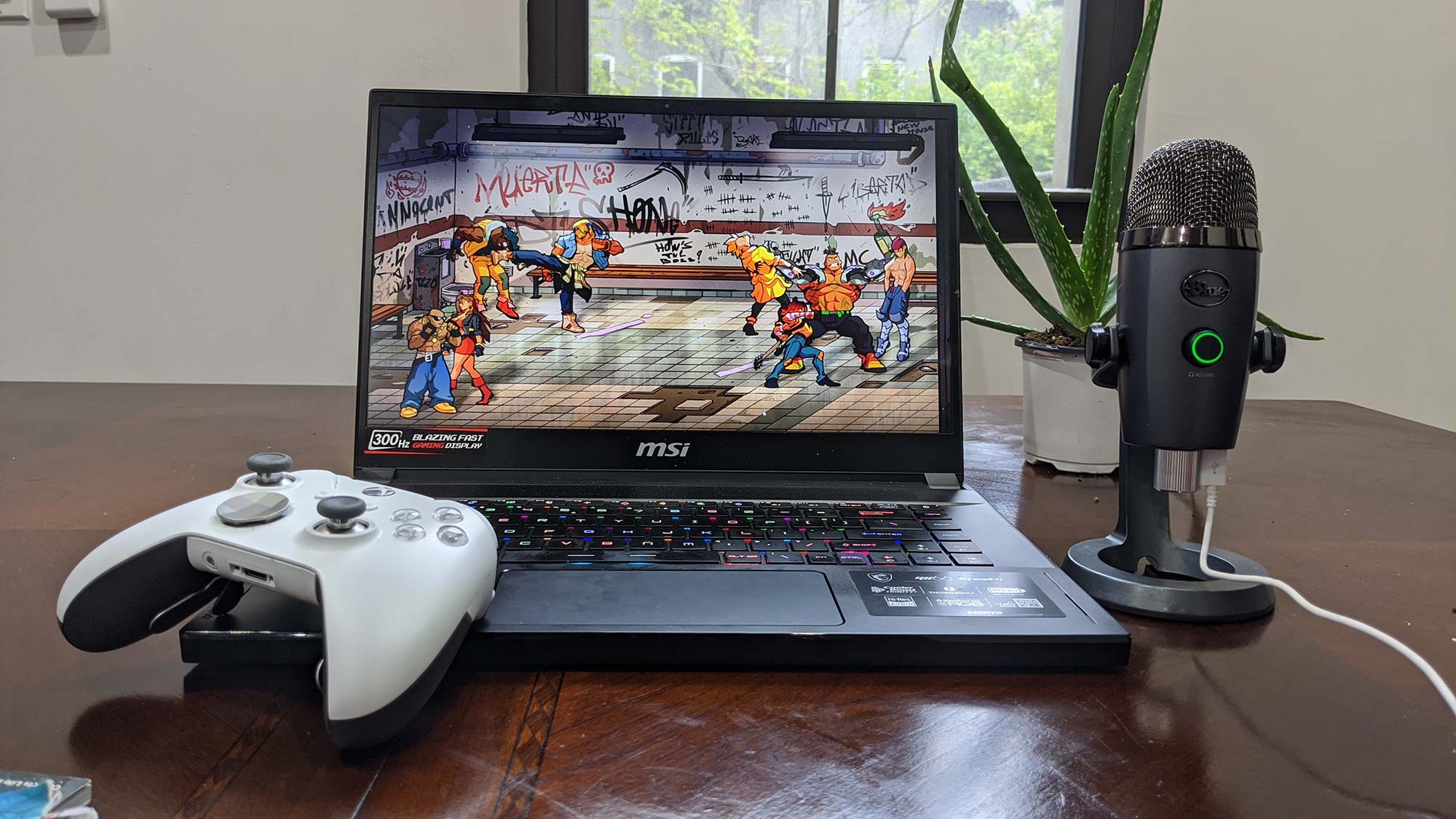
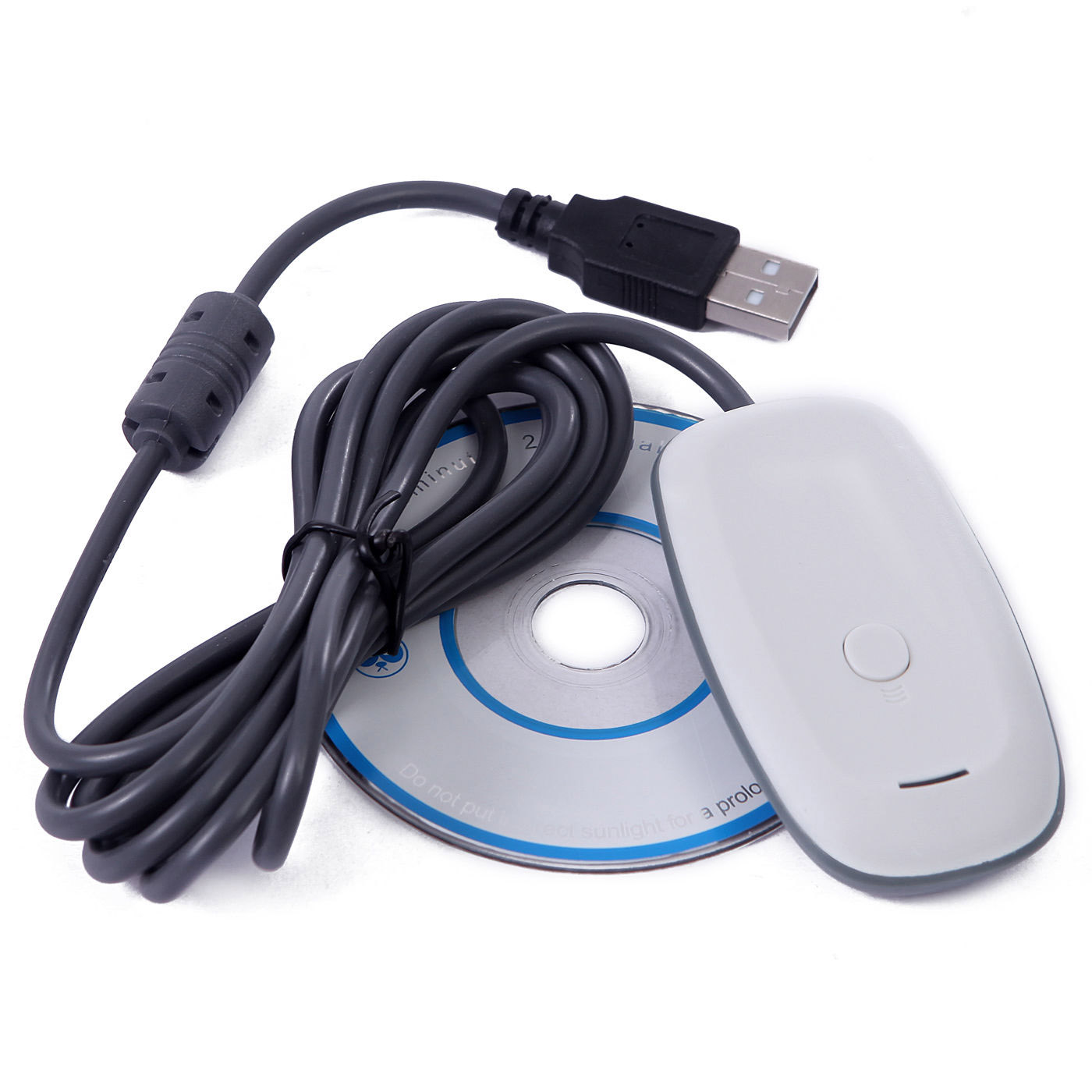
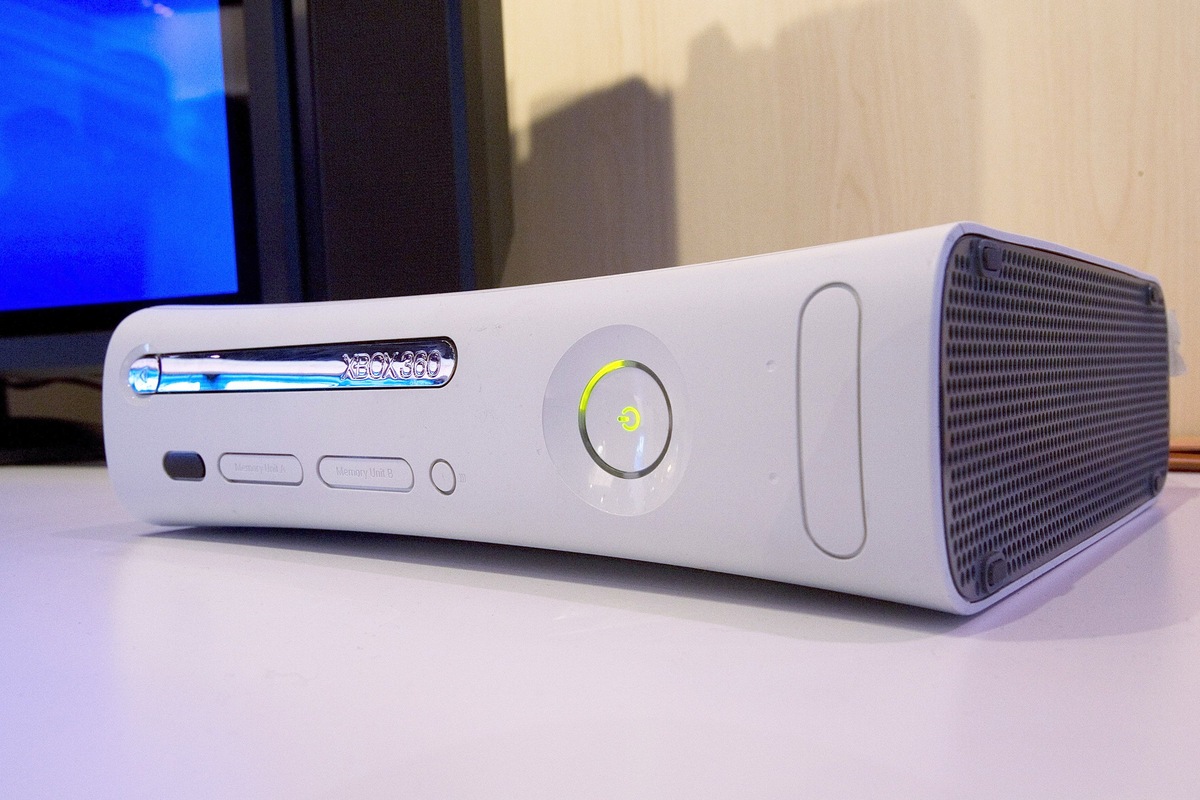

0 thoughts on “Where Is Wifi Adapter In Pc”